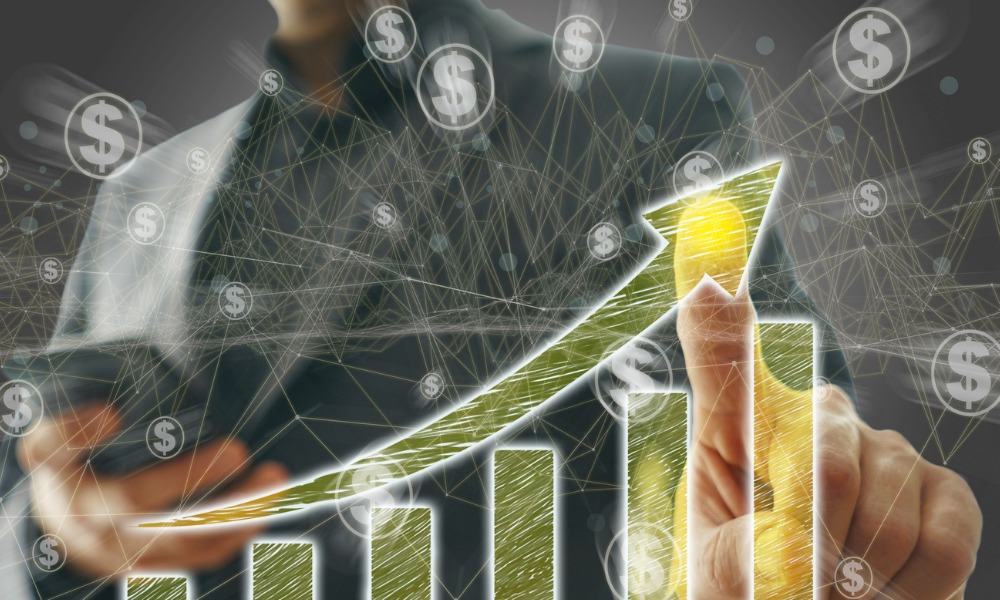Global bank says Aussie recession on the cards

The Reserve Bank of Australia is facing mounting pressure to sustain the pace of interest rate rises after a surprise US inflation result spurred predictions that the Federal Reserve will soon deliver its largest single rate hike since 1981.
The US consumer price index for August showed that core inflation was intensifying, despite hopes that the Fed’s rate moves had reined in runaway price pressures.
Following the US inflation result, the S&P/ASX 200 Index fell 2.6% to 6828/6 on Wednesday, wiping out about $60 billion in share value, according to a report by The Australian Financial Review. The drop mirrored a rout on Wall Street, where the Nasdaq plummeted 5.2%.
Nomura has revised its forecast for the Reserve Bank’s October cash rate decision, now projecting a 0.5-percentage-point hike to 2.85% instead of its previous prediction of a 0.25-percentage-point rise.
Financial markets implied a 56% probability of a half-percentage-point rise at the RBA’s next meeting, AFR reported.
“The RBA is influenced both by what other central banks are doing and what they’re seeing, and the fact that core inflation appears stronger will increase the RBA’s nervousness that inflation could stay higher and stickier,” said Andrew Ticehurst, senior economist and rate strategist at Nomura.
Ticehurst told AFR that the depreciation of the Australian dollar – which fell nearly US2¢ to a low of US67.08¢ – is another reason for the RBA to step up rate increases, because a depreciating currency will worsen inflation.
“If the RBA doesn’t at least try to keep up a little bit with the Fed, then that could mean the dollar would be lower than otherwise and add to inflation pressures at a time when those pressures are already elevated,” he said.
Read next: Price falls not deterring RBA’s aggressive policy – yet
Goldman Sachs recently said that it was difficult to argue that Australia’s underlying inflation dynamic is much weaker than the US, although the forces of price growth are different.
“The RBA’s own forecasts suggest trimmed mean inflation will accelerate to around 6% year-on-year by [Q4 of] 2022, compared to 6.3% for US core CPI,” Goldman Sachs chief economist for Australia Andrew Boark told AFR. Trimmed mean is a measure of inflation, and is the RBA’s preferred indicator.
The Australian dollar took its biggest fall since COVID-19 on Wednesday, and investors scrambled for the safe haven of the US dollar, which shot up 1.4% to 109.82 – the biggest daily jump since the pandemic.
The bad inflation news puts pressure on the US Federal Reserve to announce a jumbo rate hike at its meeting next week.
“There is no way the Federal Reserve can moderate its policy tightening or ease its overtly hawkish forward guidance,” ANZ senior international economist Brian Martin told AFR.
Fed futures now imply a 37% chance of a jumbo hike of one full percentage point, AFR reported. They had predicted only a 0.75-percentage-point hike before the CPI data.
“The stickier inflation proves that a higher nominal Fed funds rate is needed to achieve the FOMC’s objectives,” Martin said.
The US has not seen a one-percentage-point rate hike since May of 1981.



